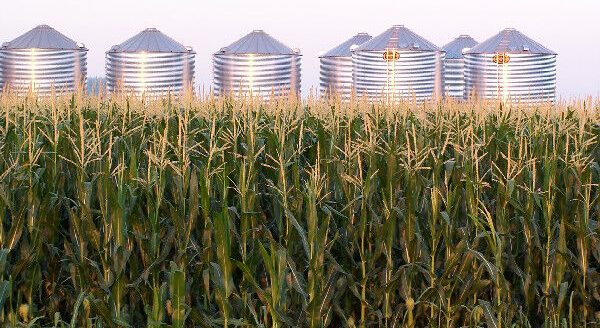Shipping industry more bullish on ag commodities
An uptick in shipping agricultural commodities should be welcome news for the maritime industry and for farmers, according to several speakers who spoke at the recent Inland Marine Expo 2020/Virtual, an event produced by Waterways Journal.
Global commodity supply chains were fractured by the COVID-19 pandemic and presenters took note of its impact and a return of opportunities for exporting corn and soybean products.
Presenters included Ken Eriksen, senior vice president of HIS Markit; Merritt Lane, president of Canal Barge Company; and Rob Innis, plant manager of Sparrows Point, LafargeHolcim. All three executives said developing and distributing a safe vaccine for the virus is essential to getting the country’s economy back on track because that will restore consumer confidence. While Lane hoped for a “v-shape” economic recovery, he said, few CEOs are predicting that will happen in a short period of time so companies need to have realistic expectations.
Eriksen offered several post-pandemic outcomes and considerations to attendees as he looked at 2021. A shorter supply chain maybe in play as a hedge against disruption; global trade negotiations will continue to be contentious; agriculture, food and energy will continue to look at new technologies as a way to reduce costs and meeting consumer and policy demands; and more food is expected to be consumed at home. He also noted that price volatility is likely to stay.
Earlier in the year, global freight rates were lowered as destination countries like China were not purchasing materials or grain but that is starting to change, he said, which for United States agricultural interests went from practically zero two years ago because of the trade war dispute. If China returns to the marketplace at pre-pandemic levels and honors trade commitments with the U.S. on agriculture purchases it will go along ways to help spur this nation’s recovery.
“When the economy comes back how fast will it bounce back?” Eriksen said.
An operation has to have been well capitalized or have access to capital and an operator has to have the capability to be flexible, he said.
“The pandemic will have a long-term impact,” he said.
Lane said the maritime industry, besides dealing with COVID most of the year, also has dealt with hurricanes the past six weeks in what has already been an active storm season.
At his company, he has taken a pro-active approach toward testing, reducing commingling on barges and using technology to work with employees and customers.
The overall market itself has seen a demand driven decline.
Generally cargos tied to energy are down and those tied to food, packaging and household goods are stable. Liquid cargo—refined products and feedstocks are down, chemicals have been relatively stable with cleaning supplies up and black oil down. Dry cargo—coal, pet coke and steel was down, grain was up and crushed stone for construction projects and rip-rap used for levy construction was stable. Deck cargo—oilfield services were down, with results mixed on industrial-related needs and bridges and post-hurricane recovery and repairs were up.
Lane agreed with Eriksen that companies in his industry need liquidity and strong balance sheets. He also said trust remains a timeless concept.
“Do I know whom I’m doing business with?” he said is a question successful operators need to be able to answer.
Innis said he hoped Congress would take action to help small businesses because they have been hit hard by the economic shutdown. He feared without federal assistance any recovery will be slow and that is not good for the economy or shipping industry. The recovery will also mean delays in infrastructure work that is important up and down the supply chain.
Dave Bergmeier can be reached at 620-227-1822 or [email protected].



